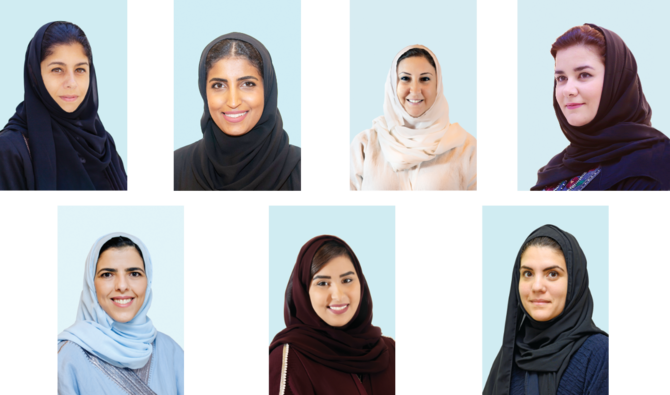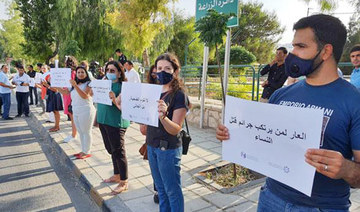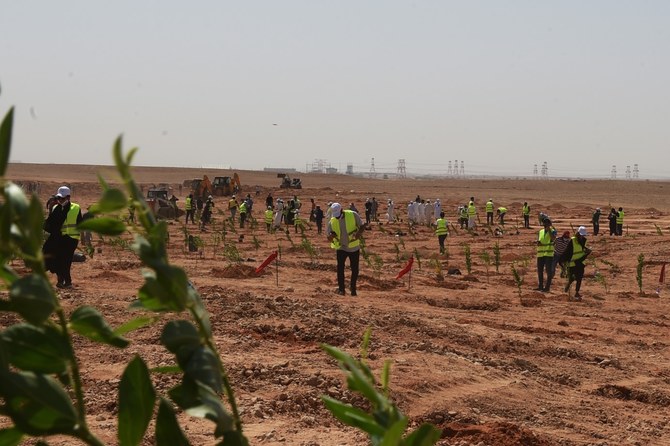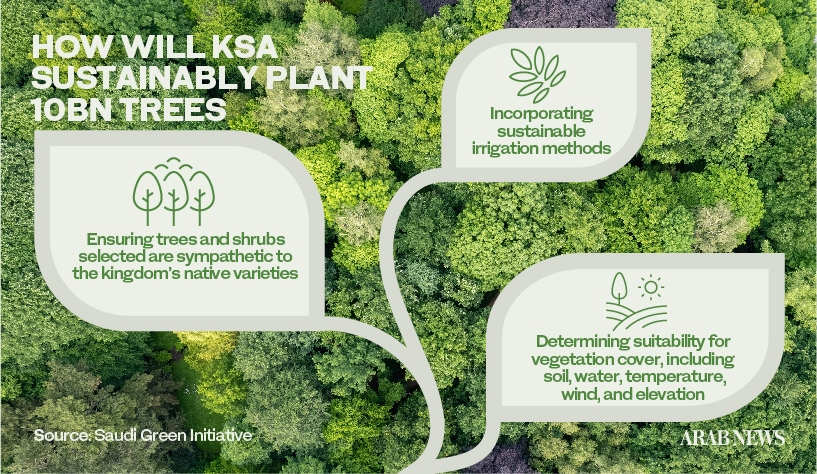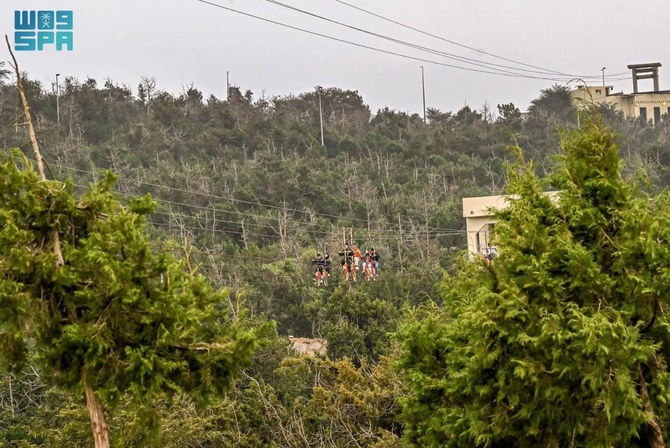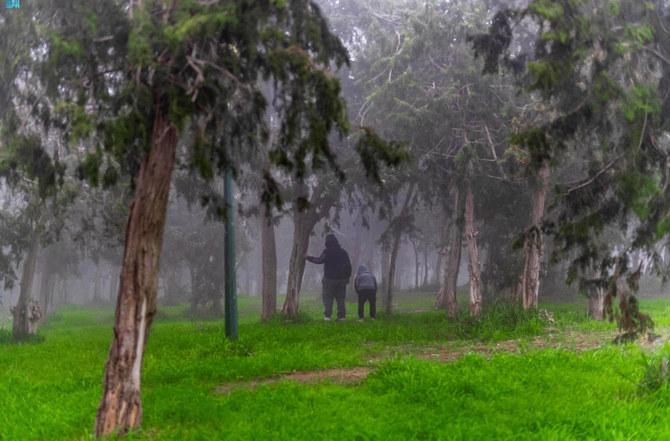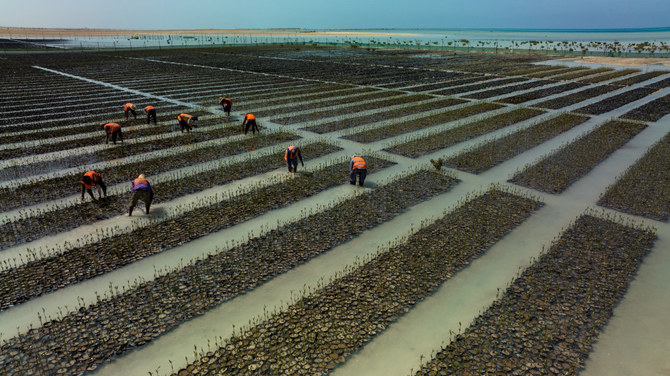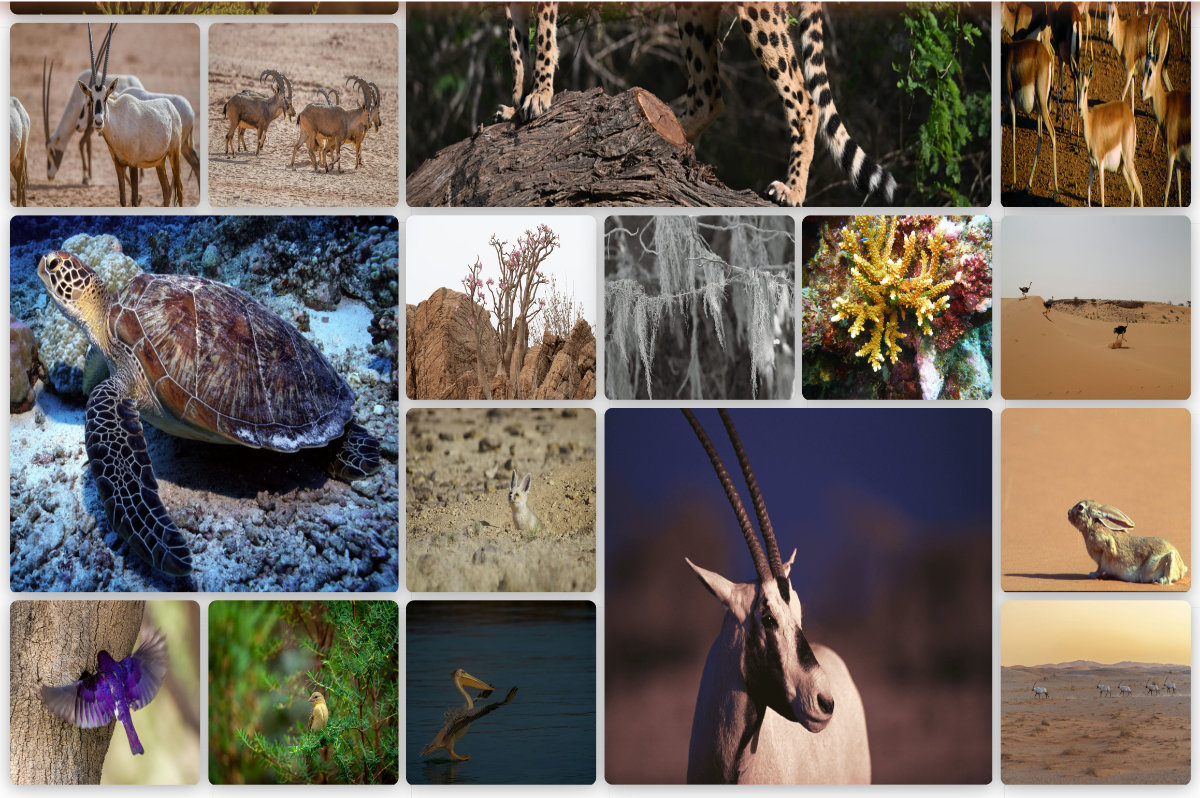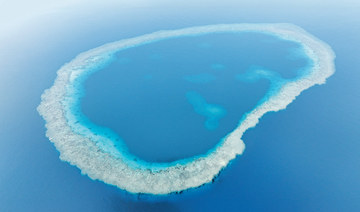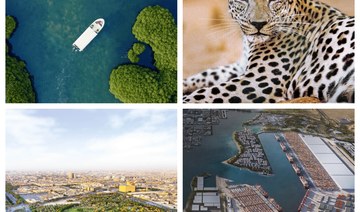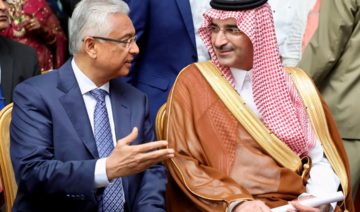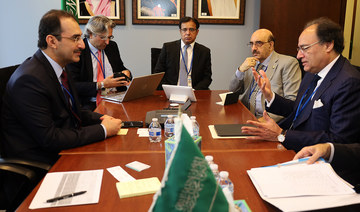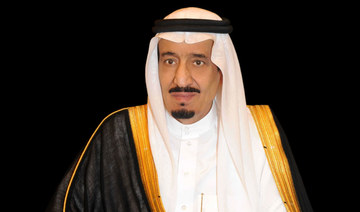RIYADH: Saudi Arabia’s Ministry of Culture has reached a new gender balance of 50 percent in the workplace with many female employees holding top positions.
Dur Kattan, the general director of the deputyship of communication and media, outlined the Ministry of Culture’s mission of empowerment aligned with Vision 2030.
She said that Vision 2030 sought to “empower everyone; men and women. I am lucky to live in these supportive, inspiring and motivational circumstances, with men and women of my generation.”
Over the past two years, the ministry has been exploring new ways to empower Saudi women, not only by offering employment opportunities but also by providing skill development and professional training, and ensuring equal opportunities without gender bias.
Since the launch of Vision 2030, women’s overall presence in the workplace has increased by 35 percent in the Kingdom with a 38 percent rise in the public sector and a 32 percent increase in private-sector jobs.
The ministry’s top positions are occupied by women such as CEOs, managing directors and operational managers. The ministry has made progressive changes over the years to ensure it complies with Vision 2030 plans to empower and create leaders across the Kingdom without gender discrimination.
Some of the female leaders in the Ministry of Culture include Dr. Sumaya Al-Sulaiman, CEO of the Architecture and Design Commission; Noha Kattan, general director of the deputyship of national partnerships and development; Dina Amin, CEO of the Visual Arts Commission; Mayada Badr, CEO of the Culinary Arts Commission; Razan Al-Ayed, general manager of delivery and project management; and Felwa Al-Bazai, general manager of planning and performance.
The ministry, under the leadership of Culture Minister Prince Badr bin Abdullah bin Farhan Al-Saud, is eager to propel women forward as leaders in the cultural sector.
Dr. Sumaya Al-Sulaiman believes that women have an important role to play in spreading the cultural values of the Kingdom.
“I think that women empowerment is very important,” she said. “Women must have their space and voice and disseminate their own culture, as individuals or as members of the female community, and women have an influential presence in the Saudi cultural scene.”
The Ministry of Culture gave its leading members an opportunity to reach their full potential and embraces all skill sets and innovative ideas regardless of gender.
“A person’s capabilities and qualifications do not depend on the sex,” Razan Al-Ayed said. “They depend on competency primarily, which does not conflict with the importance of empowering women and enhancing their participation in various areas,” she said.
Aligned with Vision 2030’s initiative, the ministry believes in equal wages and equal job opportunities across all of its divisions, creating a work environment that supports and creates successful and ambitious leaders.
The ministry encourages diversity in employment and leadership positions because it develops an environment of innovative and differentiated thinking.
Dur Kattan said: “In general, intellectual people or cultural practitioners — men or women — have the responsibility to provide their personal insight, which adds a different dimension to the Saudi cultural scene.”
“In accordance with this benchmark, any leader is required to work on creating a homogeneous work system that functions automatically to achieve what is required, without being conditioned by the presence or absence of the leader,” she said.
Diversification and support toward leaders of the new generation in the cultural sector provides new ways of achieving tasks while further enriching the Kingdom in the traditional culture.
Vision 2030’s mission is not only to empower women but to create work environments where diverse thinking and backgrounds can sprout innovation and creative development.
Noha Kattan believes that the Ministry of Culture creates a work environment that gives women and men the ability to shine, and provides them with the key elements of success and empowerment.
Kattan stressed the importance of equality in leadership for both men and women.
“The male or female leader’s mission is to manage the team efficiently, in order to achieve the goals,” she said. “If we look at the level of accomplishment at the Ministry of Culture in the last two years alone (since the launching of its activity) and see how women are essential partners in all that has been achieved, it is possible to say that betting on women empowerment is very gainful and that women’s partnership with men guarantees excellence for our country in all areas.”
The Ministry of Culture has continuously improved its initiatives to further develop the Kingdom’s job market, aligned with Vision 2030 for both men and women.
Mayada Badr said: “This piece of advice is also directed at men and everyone. Trust your capabilities in achieving your dreams.”



